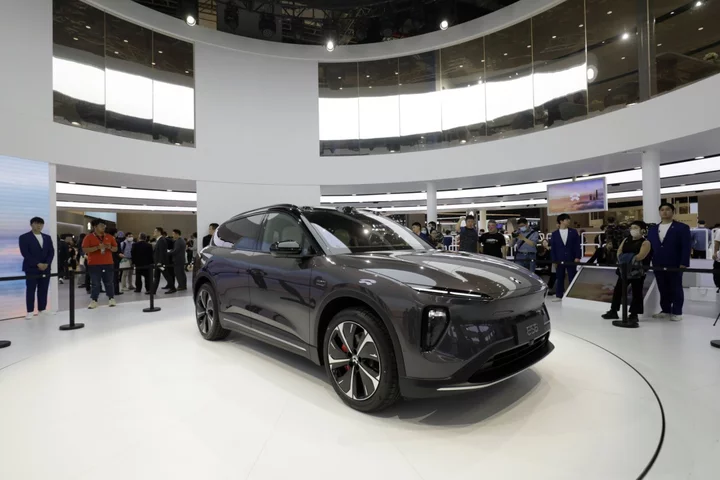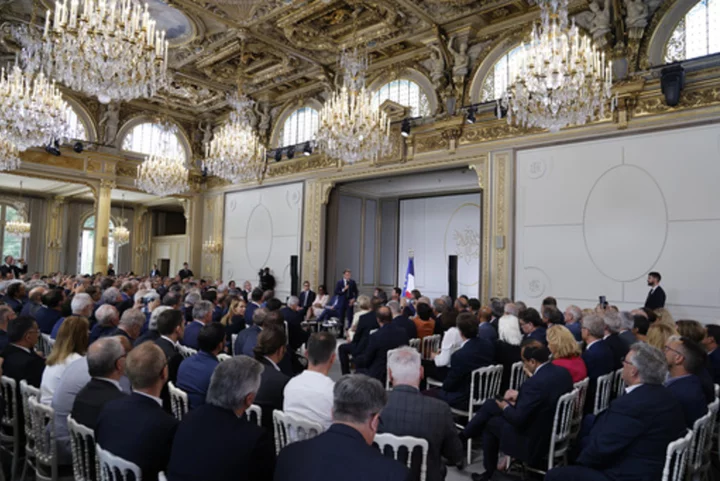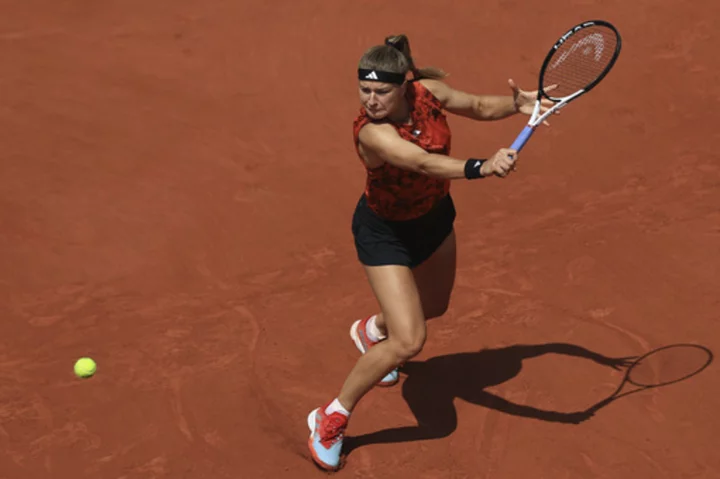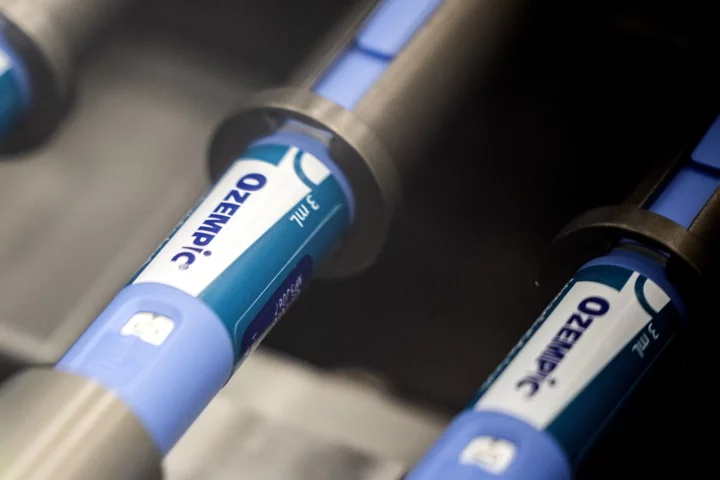A Chinese maker of long-range electric vehicle batteries — including one capable of going 1,000 kilometers (620 miles) on a single charge — plans to go public as soon as 2025 as it banks on automakers embracing next-generation cells in the race to overcome range anxiety.
Beijing WeLion New Energy Technology Co., which supplies the 1,000km range semi-solid state cell to Chinese EV upstart Nio Inc. is targeting a 20-fold surge in revenue to 10 billion yuan ($1.4 billion) by 2025 to fuel its aspirations, founder Li Hong said in a recent interview.
The company, better known as WeLion, was valued at 15.7 billion yuan in its most recent funding round, said Li, who also holds the title of chief scientist.
Solid-state batteries are a potential game changer for the EV industry because they enable high-voltage, high-capacity cathodes that provide a substantial boost to battery capacity and performance, according to BloombergNEF.
Read More: The Next-Generation Battery Tech Vying to Supercharge EVs
While no one has yet succeeded in the commercialization of solid-state batteries, WeLion’s semi-solid state cell is being used in Nio’s all-new ES6 sport utility vehicle unveiled in May, becoming one of few next-generation battery makers in the world to start mass production and commercialization.
WeLion’s battery for Nio has a 150 kilowatt hour pack, and the 1,000km range compares favorably with the Lucid Air Dream Edition R (840km) and Tesla Inc.’s Model S (640km). The cell has an energy density of 360Wh per kilogram, Li said. That’s higher than the estimated 300Wh per kilogram of Tesla’s 4680 battery, according to Shinyoung Securities in Seoul.
“WeLion isn’t the first company to successfully deliver commercialized semi-solid state batteries, but its 360Wh per kilogram reached the highest energy density among current commercialized EV battery cells,” said Jiayan Shi, an analyst at BNEF. “Nio has a standard size for battery packs, but WeLion’s cell managed to put more energy into the same volume, and that it is a success.”
The technology is attracting interest from a wide-array of automakers including Volkswagen AG, Ford Motor Co., Mercedes-Benz Group AG, Geely Automotive Holdings Ltd., and Chinese consumer electronics-maker Xiaomi Corp., Li said.
To meet its ambitious sales goal, WeLion is building four more battery production facilities in China to boost its annual capacity to 30GWh by 2025 from 6GWh now. As well as EVs, the batteries can be used for energy storage systems and drones.
Li, a professor at the Chinese Academy of Sciences, also co-founded low-cost sodium battery maker HiNa Battery Technology Co. He says a hybrid like a semi-solid state battery that adds liquid to solid electrolyte is a “practical” way right now to bridge the gap to improve battery performance and realize commercialization.
“When we increase energy density we have a serious concern on safety, but a hybrid one can get a balanced performance,” he said.
Read More: Electric Vehicle Battery Makers Test a Future Without Lithium
It is unlikely WeLion’s battery can replace most lithium-ion batteries in the near future, given the high cost of manufacturing solid-state cells, said James Lee, an analyst at KB Securities in Seoul.
“A key is whether customers would be willing to pay for the high price for EVs with solid-state batteries, just because of the long range,” Lee said. “Companies like WeLion will have to target luxury cars only. It’s not easy for them to lower prices.”
Even Li concedes that the company likely can’t erode the market share of lithium-ion battery giants like Contemporary Amperex Technology Co. Ltd., which specializes in low-cost iron-based batteries for cheaper EVs. WeLion would probably get “less than 1%” market share by 2025, he said.
--With assistance from Chunying Zhang and Ali Izadi-Najafabadi.









